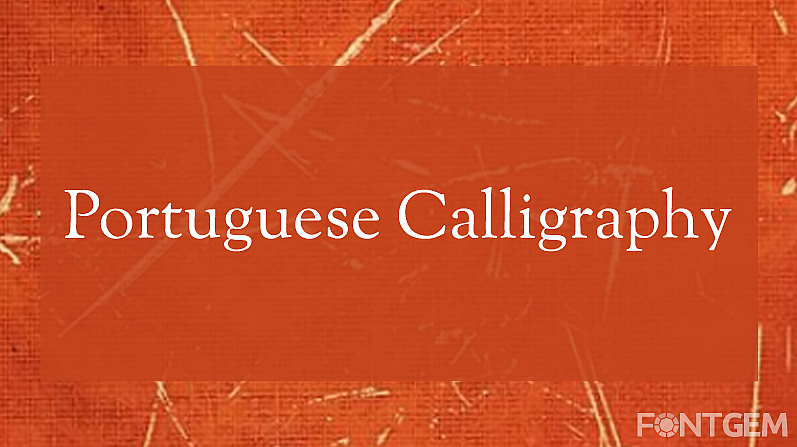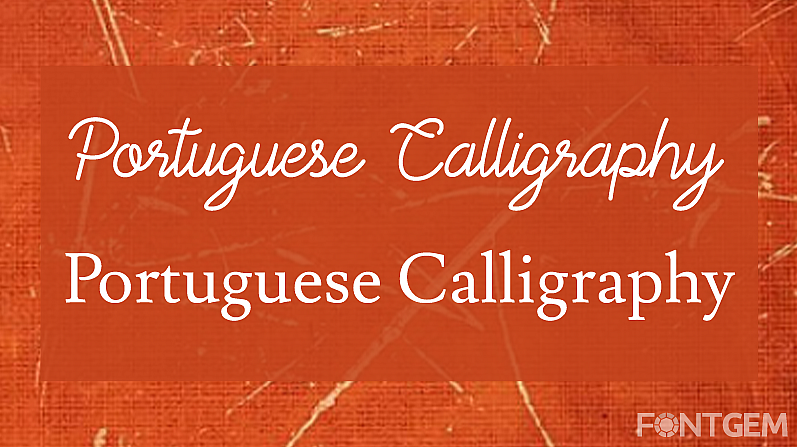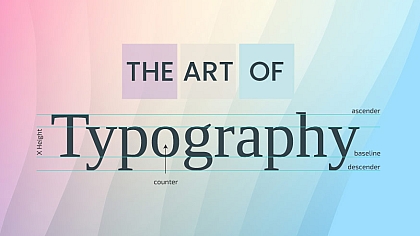
Old Portuguese Calligraphy
Old Portuguese calligraphy, often referred to as "Caligrafia Portuguesa Antiga" in Portuguese, is a rich and intricate form of writing that reflects the cultural and historical heritage of Portugal. This elegant script, characterized by its flowing lines, ornate flourishes, and careful attention to detail, has a long and fascinating history. It's beautifully written scripts like this that have inspired many of the digital typefaces we use today.
Historical Origins
Old Portuguese calligraphy has its roots in medieval Portugal. During the Middle Ages, Portuguese scribes and monks played a crucial role in preserving and disseminating knowledge through manuscripts. These scribes developed distinctive calligraphic styles that blended elements of Gothic and Romanesque scripts.

Influence of the Renaissance
With the arrival of the Renaissance in Portugal during the 15th and 16th centuries, Portuguese calligraphy evolved. The Renaissance's emphasis on humanism and aesthetics led to a renewed interest in the art of handwriting. Portuguese calligraphers embraced classical Roman letterforms and began to incorporate decorative elements inspired by the art of the time.
The Influence of Portuguese Explorers
Portuguese explorers during the 15th to 17th centuries brought back knowledge, art, and culture from their travels to distant lands. This exchange of ideas and artistic influences had an impact on calligraphy in Portugal. Exotic motifs, intricate patterns, and new writing tools and inks found their way into Portuguese calligraphy.
Variations in Old Portuguese Calligraphy
Old Portuguese calligraphy encompasses various scripts and styles, each with its own unique characteristics. Some of the prominent styles include:
- Lusitanian Script: This script is an adaptation of the Gothic style, characterized by its angular and upright letterforms. It was widely used for religious texts and official documents.
- Humanist Script: Inspired by the Italian Renaissance, this script emphasized legibility and elegance. It featured well-proportioned, rounded letterforms and an emphasis on rhythm and balance.
- Manueline Calligraphy: Named after King Manuel I of Portugal, this style emerged during the late 15th and early 16th centuries. It incorporated intricate geometric patterns, maritime motifs, and influences from Portuguese exploration, making it highly decorative and unique.

Legacy and Preservation
Old Portuguese calligraphy is a cherished aspect of Portugal's cultural heritage. While it has evolved over the centuries and has largely been replaced by modern handwriting, it is still celebrated and studied by calligraphers and historians. There are efforts to preserve and revive these ancient scripts through workshops, exhibitions, and calligraphy societies.
Modern Applications
Although old Portuguese calligraphy is no longer the standard for everyday writing, it is often employed for special occasions, formal documents, and artistic purposes. Wedding invitations, certificates, and historical reenactments frequently feature the beauty of these ornate scripts.
Old Portuguese calligraphy is a testament to Portugal's rich cultural history and its contributions to the world of handwritten art. It reflects the country's evolving identity, from medieval manuscripts to the 15th to 17th centuries, and continues to captivate enthusiasts and artists with its timeless beauty and historical significance.
If you wish to visit Portugal and visit some of the historical places that were home to ancient Portuguese calligraphers, you can check for the visa requirements at Portugal Visa UK.











